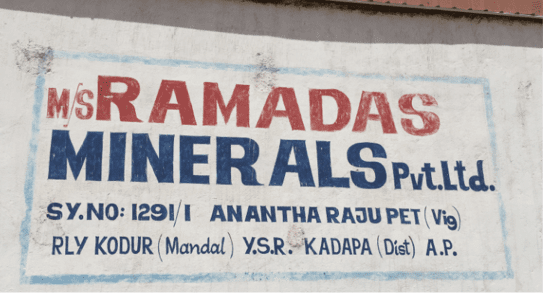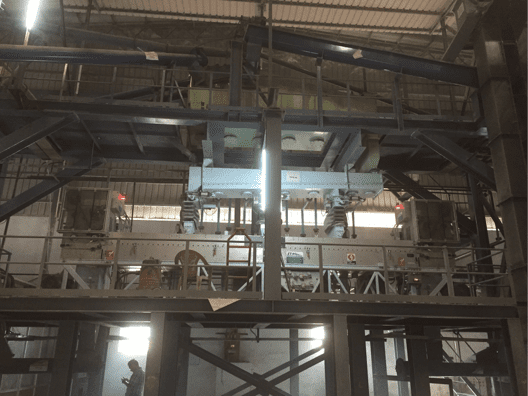Select Language:
Barite er aðal-, náttúrulega komu fram, barium byggir steinhús. Baríum, Atomic númer 56, öðlast nafn sitt úr grísku og þýðir þungt. Barite er einnig þekkt sem baræti. Meginlöndin í sem viðskiptalegar innborganir á barite er nú að finna eru Bandaríkin, Kína, Indland og Marokkó. Mikil þéttleiki Barite og efnalaugin gera það að hugsjón steinefna að margar umsóknir.
Efnaformúla fyrir barite er BaSO4. Þar hefur mikil ákveðin þyngdarkraftur 4.50 g/cm3. Mohs harðsperrur hennar er 3.0 að 3.5. Barite á, sem finna má í ýmsum litum meðal annars gult, Brown, Hvítur, Blue, Grár, eða jafnvel Litlaus, hefur yfirleitt í sér að vilja ógjarnan luster.
Barite má finna í tengslum við bæði málm-og nonmetallic steinefni. Að vera efnahagslega hagkvæm fyrir útdrátt, barite þarf yfirleitt að vera forráðandi efni í útborgun. Þær tegundir innlagna sem þar er að jafnaði að finna eru æðarvarp, Leifar, og Beyki. Æðar og leifar innlagna eru af vatnshitauppruna, meðan býráðin innkomin eru sethúsaviðurskifti.
Helstu innlánin í Bandaríkjunum hafa fundist í Georgíu, Missouri, Nevada og Tennessee. Í Kanada, steinhús hefur verið námusvæði á Yukon-svæðinu, Nova Scotia og Nýfundnaland. Í Mexíkó, barite innlán hafa verið uppgötvuð í Hermosillo, Pueblo, Monterrey og Durango.


The overwhelming majority of the barite that is mined is used by the petroleum industry as a weighting material in the formulation of drilling mud. Barite increases the hydrostatic pressure of the drilling mud allowing it to compensate for high-pressure zones experienced during drilling. The softness of the mineral also prevents it from damaging drilling tools during drilling and enables it to serve as a lubricant. The American Petroleum Institute (Api) has established specifications for the use of barite in drilling mud.

Dry Barite Beneficiation
STET has both pilot scale and commercial experience processing barite to remove gangue such as silicates, járn, and alumina. Low-grade barite beneficiation with a specific gravity between 3.5 - 4.0 has been successfully upgraded using the STET process to product API-grade barite.
STET can demonstrate that the dry electrostatic separation process offers many advantages over traditional wet processing methods (flot) Meðal:
Disrupting a new industry is always a challenge. ST Equipment & Technology and Ramadas Minerals Pvt. Ltd. in India understand this challenge well. Ramadas Minerals contacted STET to perform testing of a low grade barite / quartz sample produced at the APMDC barite mine in Andhra Pradesh, India. The material was a low grade tailings product from the mining process. It contained too much silica to be sellable as a high SG barite product, and was being produced in large volumes. What was needed was a process to transform the mining waste to usable product. Wet processing (flot) was one alternative technology being considered.
Testing at the STET pilot facility demonstrated excellent separation results for the barite powder. The STET separator was able to achieve the goal of +4.20 SG barite through a single separation step.
The STET separator was fit into the existing building, which was originally designed to house a flotation facility. The STET separator installation resulted in significant savings of space, in relation to the previously designed flotation facility. Að auki, a substantial reduction in capital and operating cost was realized.
Contact STET to learn more about dry processing of barite.